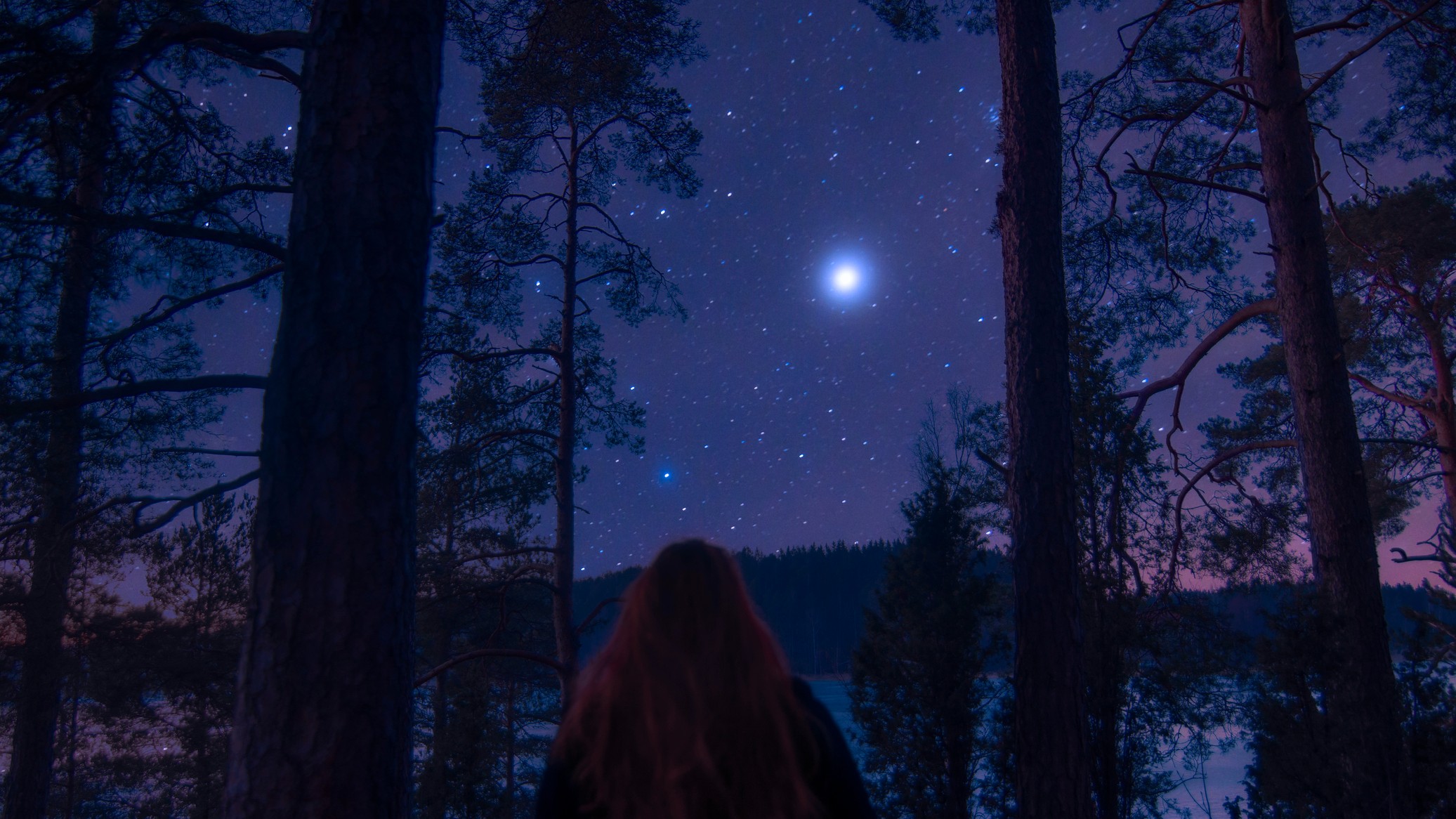Sun Shots: Amazing Eclipse Images
Black Hole Sun
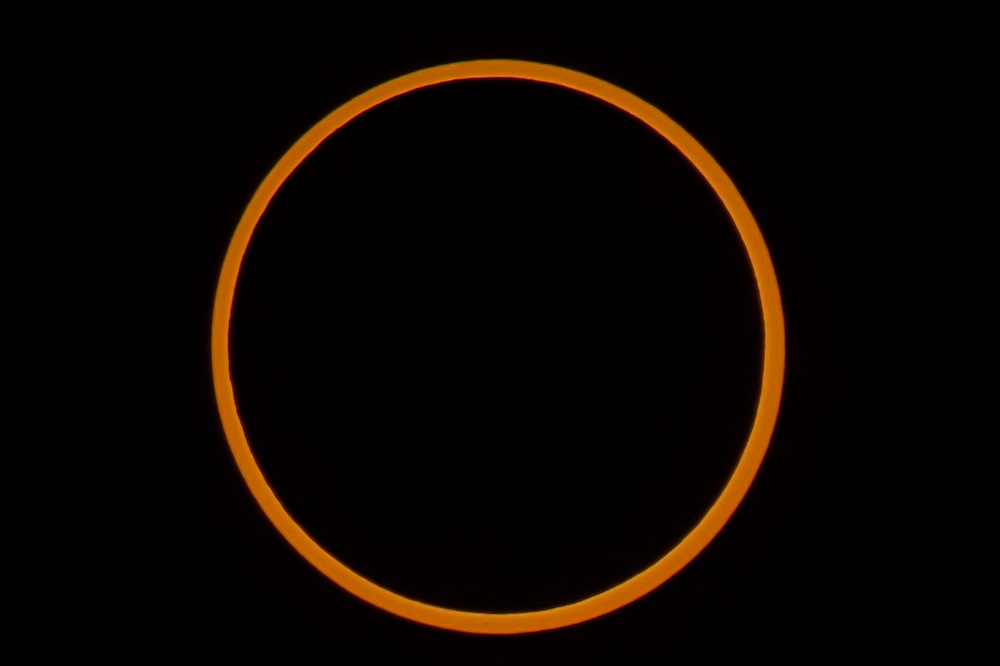
California photographer Phil McGrew captured this image of the moon covering the sun's face from Pyramid Lake, Nevada. The solar eclipse occurred May 20, 2012, and was visible over much of the western U.S.
Setting Solar Eclipse
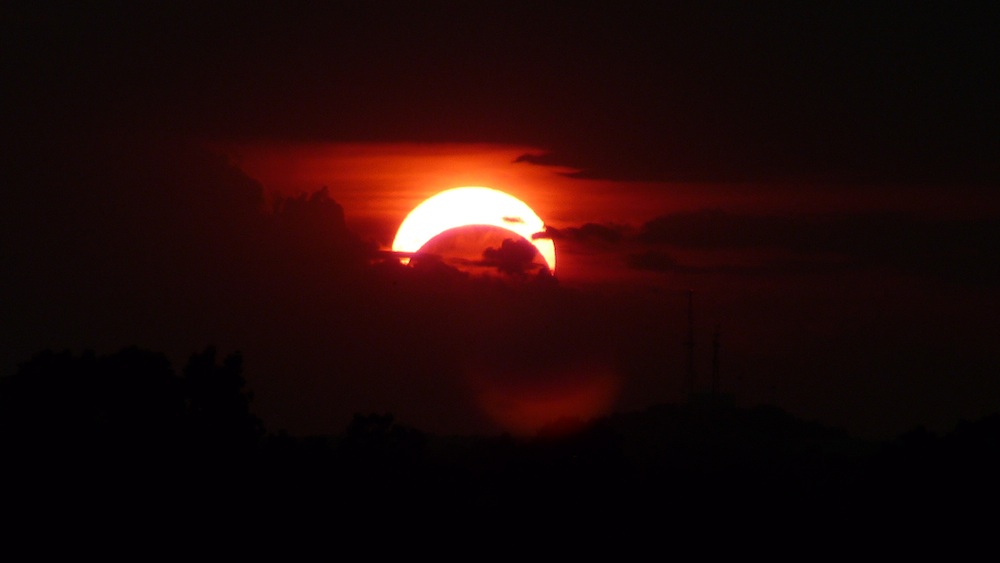
The setting sun is partially eclipsed by the moon on May 20 in this photograph taken 25 miles (40 km) southeast of Tulsa, Okla. The May 20 solar eclipse was visible from parts of Asia, the Pacific and the western United States.
Solar Trio
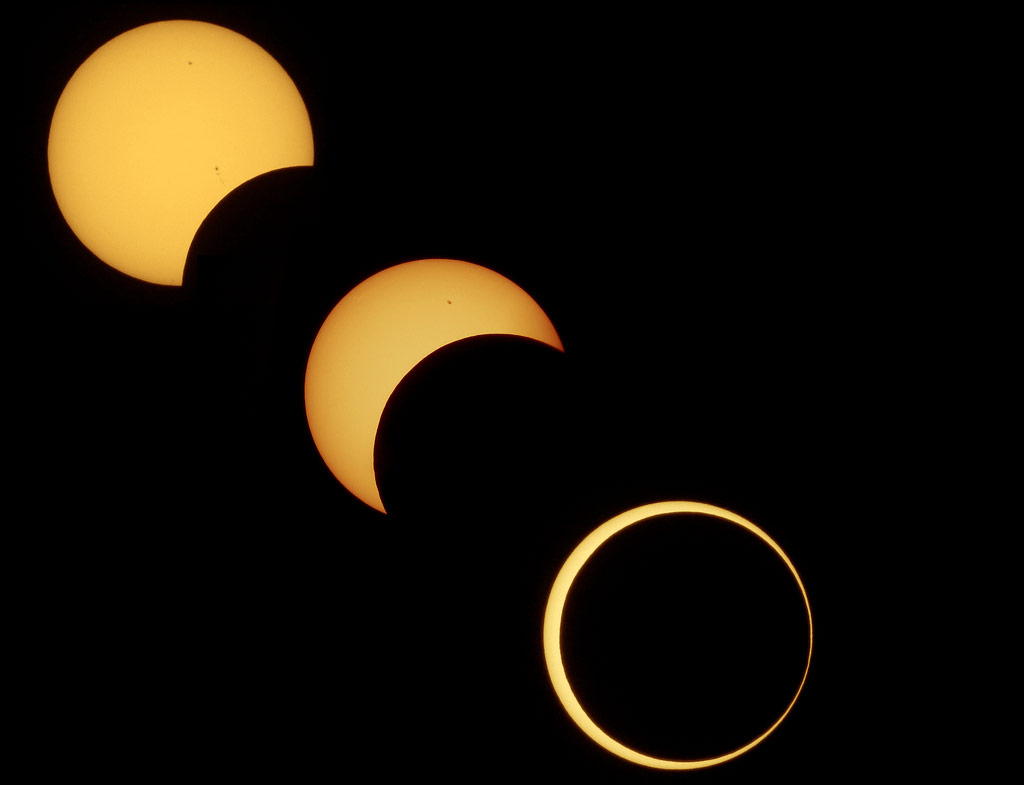
Beauty of the eclipse revealed in this composite image of the annular solar eclipse, captured on May 20,2012, from Red Bluff, Calif.
Bite Out of the Sun
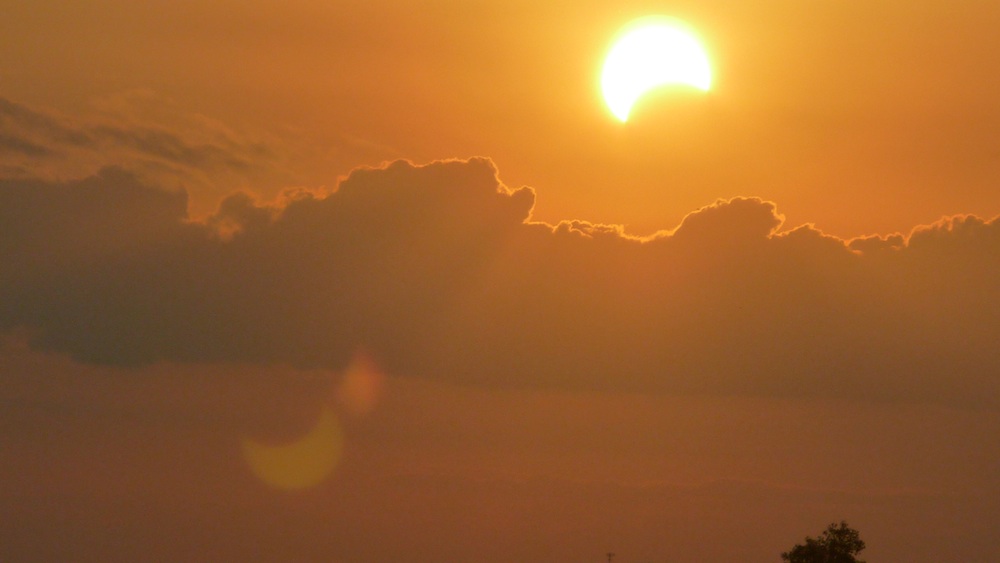
The beginning stages of the May 20 solar eclipse, seen just before sunset in eastern Oklahoma.
Solar Eclipse View
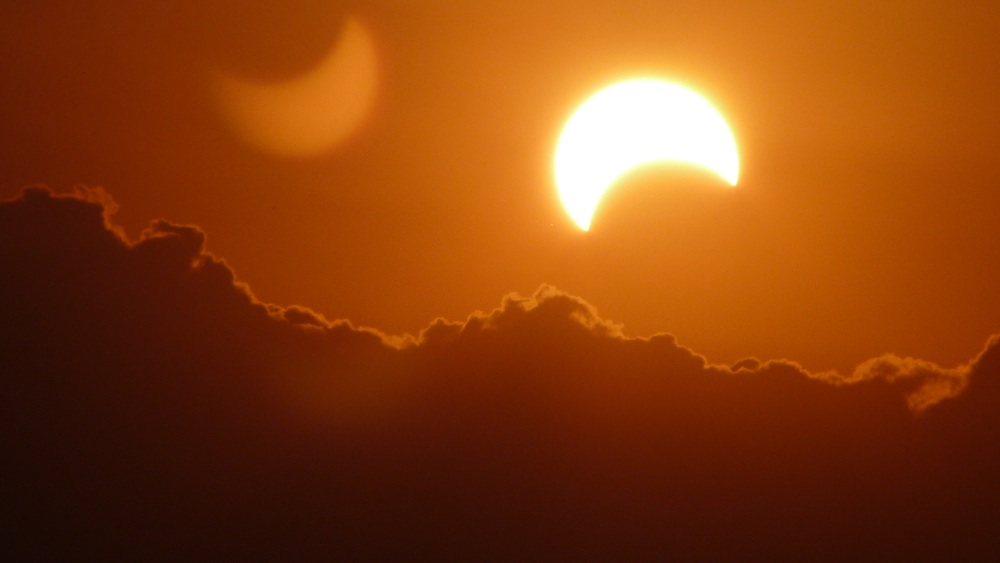
The May 20 eclipse was visible in the western United States. This photo was taken southeast of Tulsa, Okla.
Sunset Eclipse
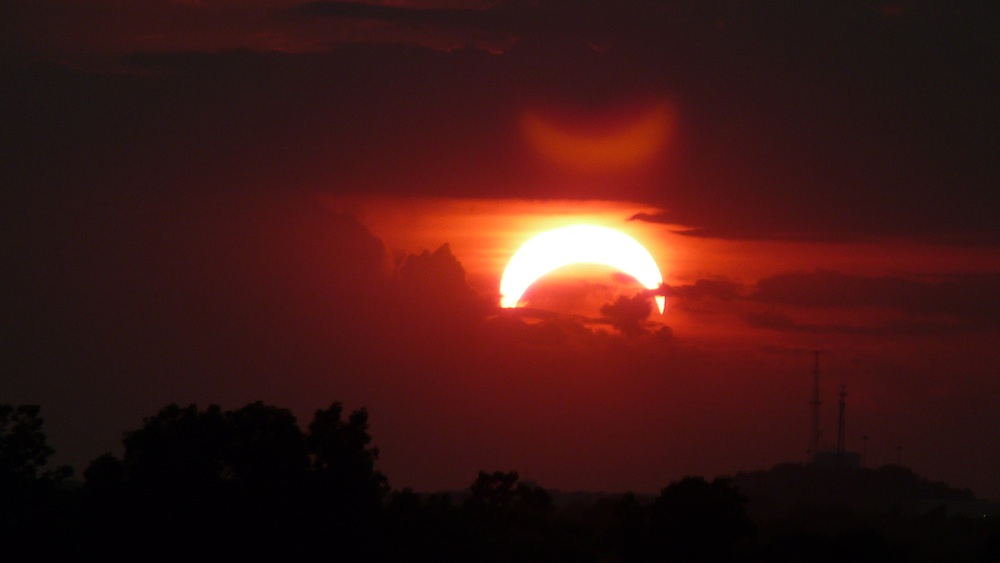
The eclipse took on a deep red tone as the sun set over Oklahoma.
Colorado Eclipse
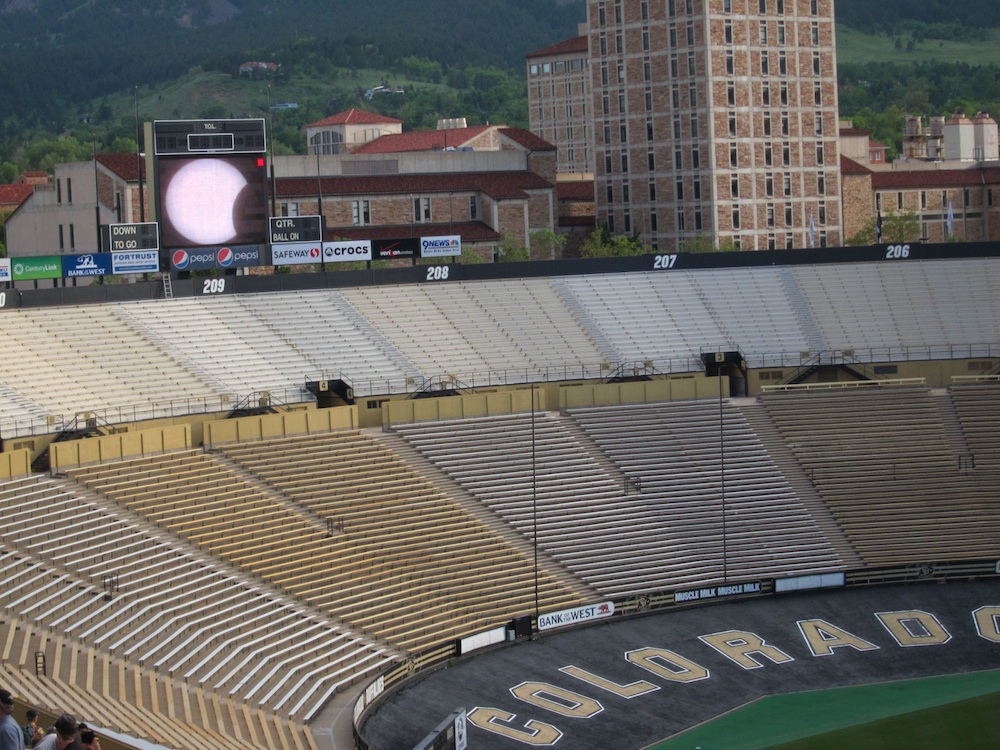
The beginning of the eclipse projected onto the big screen at the University of Colorado's Folsom Stadium in Boulder, Colo. Thousands of skywatchers showed up at the stadium for a giant eclipse-viewing party.
Get the world’s most fascinating discoveries delivered straight to your inbox.
Close-Up Eclipse
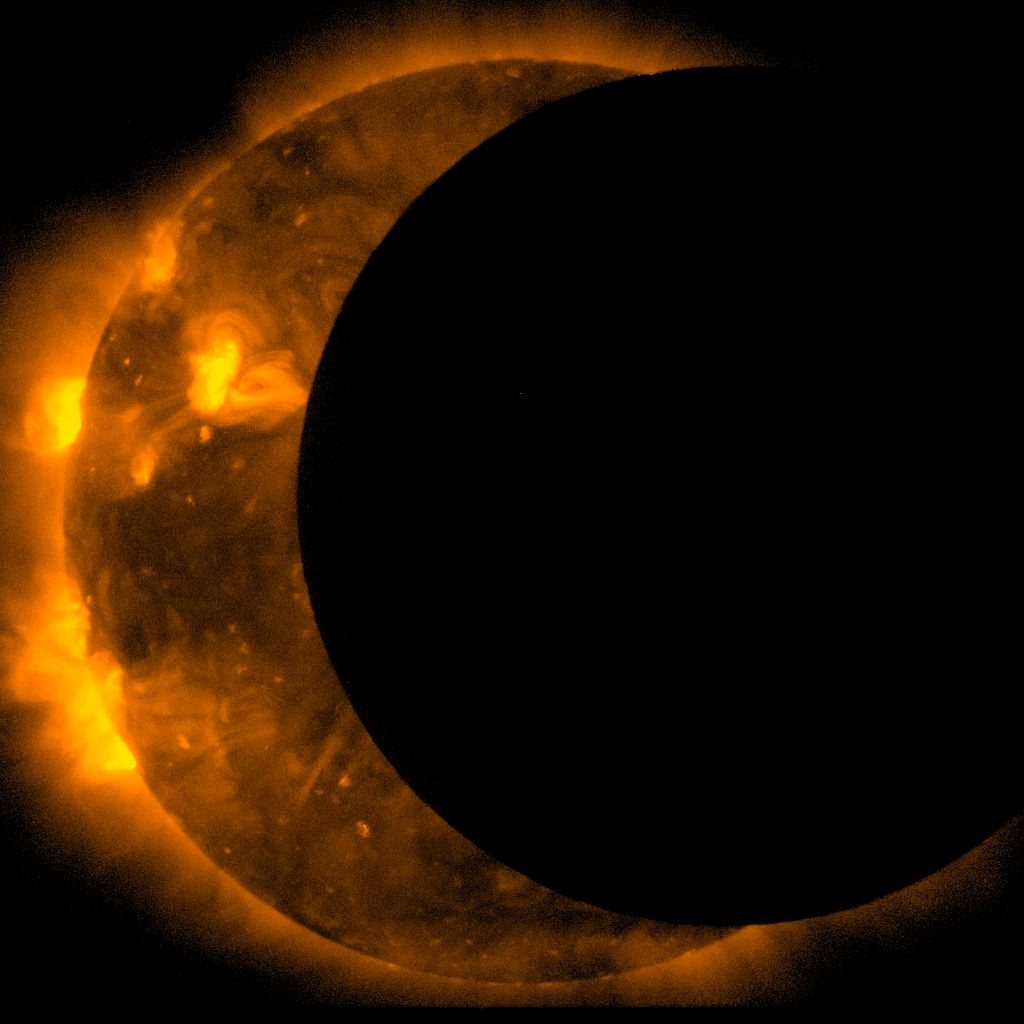
The joint JAXA/NASA Hinode mission captured this images of an annular eclipse of the Sun on May 20, 2012. Eclipses are handy for scientists, who sometimes use the moon's edge as a target to focus and calibrate their equipment.
eclipse new mexico medendorp
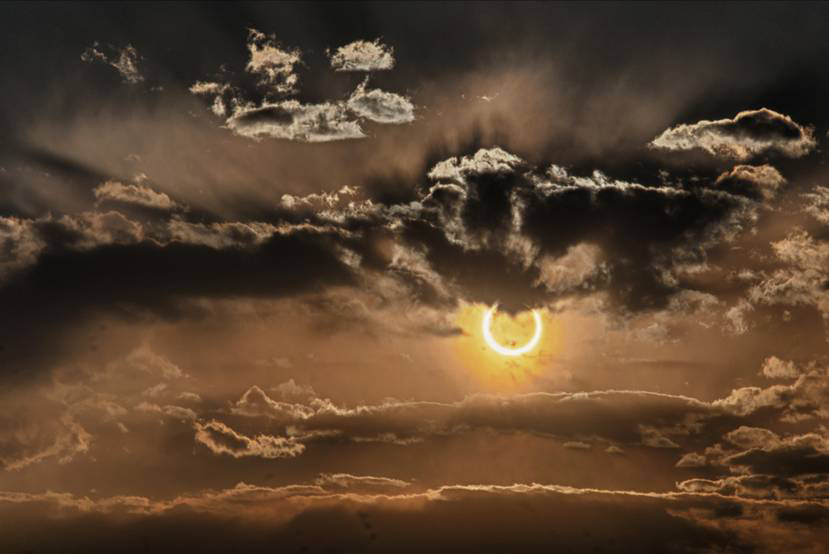
Skywatcher Charles Medendorp took this photo of the annular eclipse at the Very Large Array outside Socorro, New Mexico, on May 20, 2012.
joson annular eclipse sequence

Imelda Joson and Edwin Aguirre recorded the May 20th annular eclipse of the Sun in from Page, Ariz., using a solar-filtered Takahashi FC-60 telescope and a Canon EOS 20D digital SLR camera.
Canada's Eclipse
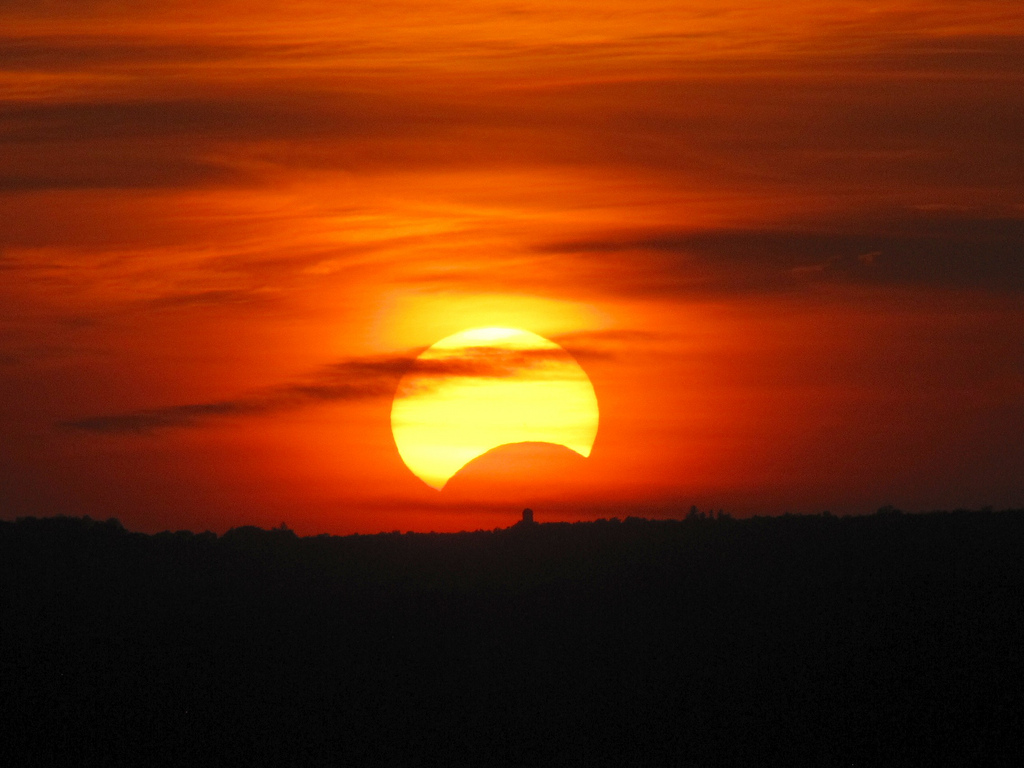
The eclipse was only visible for a few minutes before sunset in London, Ontario, Canada.

Stephanie Pappas is a contributing writer for Live Science, covering topics ranging from geoscience to archaeology to the human brain and behavior. She was previously a senior writer for Live Science but is now a freelancer based in Denver, Colorado, and regularly contributes to Scientific American and The Monitor, the monthly magazine of the American Psychological Association. Stephanie received a bachelor's degree in psychology from the University of South Carolina and a graduate certificate in science communication from the University of California, Santa Cruz.


